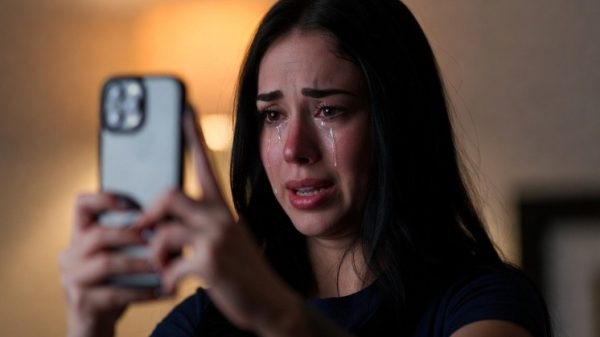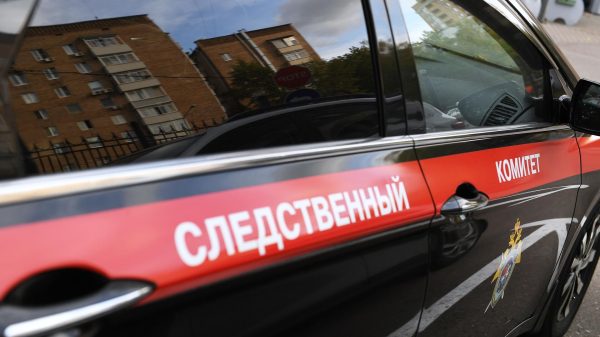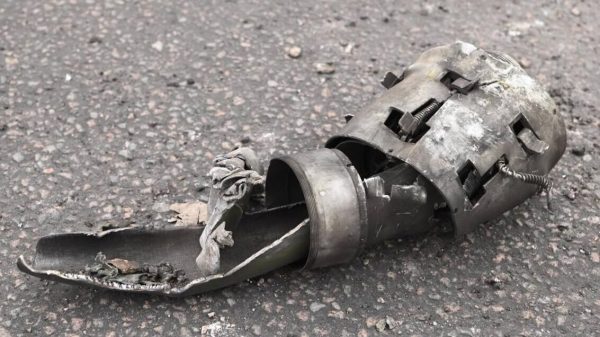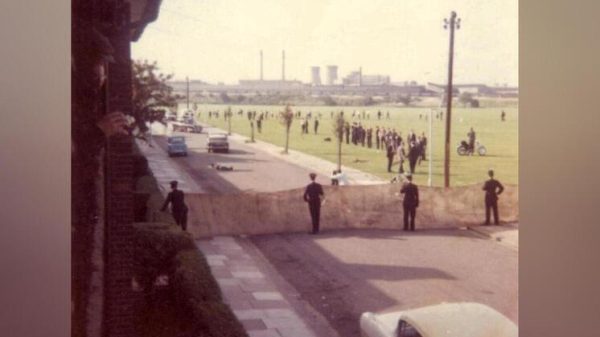Rules governing the wearing of masks in schools will be tightened when pupils return to classrooms in England, as the government plans a PR campaign to build up parents’ confidence in school safety ahead of reopening next month.
Amid speculation about when and how schools would reopen to all pupils, it emerged that masks will be compulsory outside classroom bubbles in secondary schools where social distancing is not possible. Previously it has been left to the discretion of head teachers.
The government is also pinning its hopes on managing outbreaks of the virus at schools with mass use of repeat lateral flow tests, with the first three tests for pupils conducted in school when they return after lockdown, before switching to home tests.
As pressure builds on the government to get children back to class, the Department for Education (DfE) is planning announcements on schools next week, starting with Boris Johnson’s roadmap out of lockdown announcement on Monday, with details on how schools will reopen from 8 March, followed by details on catch-up, next summer’s assessments, and Covid testing.
While No 10 is aiming for all pupils in England to be able to return to school from 8 March, the government will not finalise its decision until Friday at the earliest. It cautiously insists that schools will reopen from that date, rather than on that date. Final decisions about A-levels and GCSEs will be announced on Thursday.
The DfE is also planning a PR campaign to “build parents’ confidence in school safety” starting from 27 February, which will run for two weeks as pupils and their families prepare for wider reopening. Only the children of key workers and vulnerable pupils are attending school at present.
School leaders are due to hold crunch talks at the DfE on Thursday, where they will urge ministers to stagger the reopening of schools and avoid a “big bang” return that would bring 10 million pupils and staff back to the classroom on the same day.
Johnson is said to favour a “big bang” return, but unions and headteachers are warning that mobilising almost a fifth of the entire population to return to school on the same day could end in “disaster” with a rise in infections. They will urge him to “tread very carefully” and follow the example of Scotland and Wales with a phased reopening, prioritising early years and primary schools in the first instance, along with examination years in secondary schools.
As more pupils return, school leaders want rotas for students aged 14 or more – with half of the pupils in school having face-to-face lessons while the rest study remotely from home, to create more space and allow for social distancing. Unions are also pushing for school staff to be a priority for vaccinations to help keep schools open.
Geoff Barton, general secretary of the Association of School and College Leaders, said: “Everybody obviously wants to see all children back in school as soon as possible, but it is important that the full reopening of schools doesn’t end up triggering another spike in infection rates and another lockdown, because that would be a disaster.
“We need to remember that fully reopening schools brings into circulation nearly 10 million pupils and staff, which is not far short of a fifth of the population of England. It isn’t just the mixing in school that is the issue, but the potential for increased risk on the way to and from school and outside the school gates.”
A phased approach would allow close monitoring as attendance builds up, and the brakes could be applied if there were any sign of a rise in infections. “It would also make the task of mass testing pupils in secondary schools on their return safer and more manageable,” said Barton.
Mary Bousted, joint general secretary of the National Education Union, added: “A phased approach is really important, with the youngest pupils returning first, because it is clearly more difficult for them to learn remotely.






















































Свежие комментарии